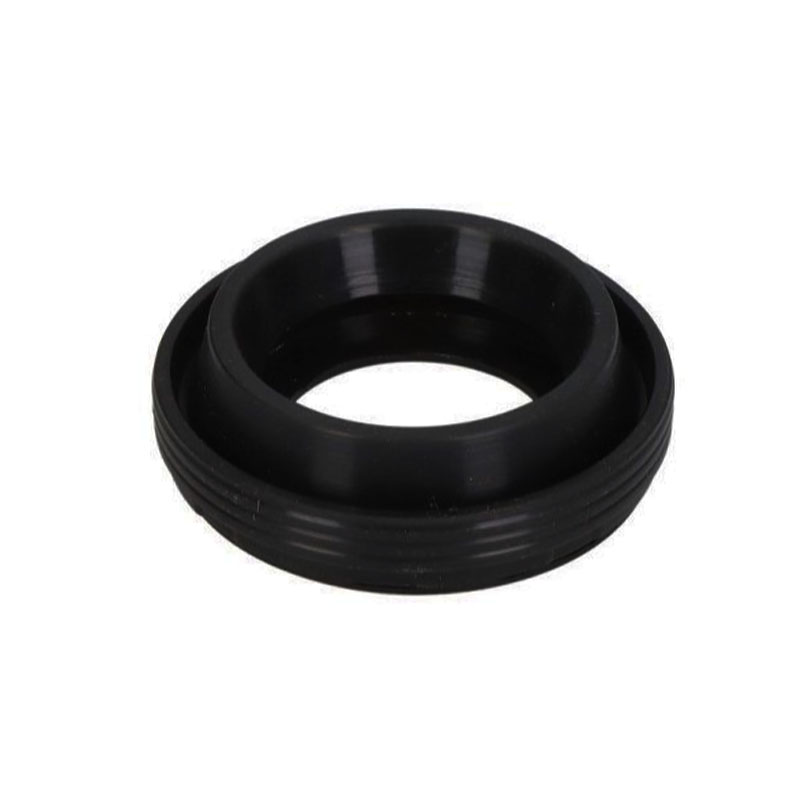steering seal
Understanding Steering Seals Importance and Functionality
Steering seals are critical components in the steering system of vehicles, ensuring smooth operation and preventing fluid leakage. In both hydraulic and electric steering systems, these seals play a pivotal role in maintaining pressure, protecting the internal components, and ensuring the overall efficiency of the steering mechanism.
The Role of Steering Seals
Steering seals primarily serve to contain hydraulic fluid within the steering gearbox. In hydraulic steering systems, fluid is used to amplify the driver's input, allowing for easier steering, especially in larger vehicles. The steering seal ensures that this fluid remains contained, preventing it from leaking out and maintaining the necessary pressure for effective steering response. This is vital for safety and performance; any loss of hydraulic fluid can lead to steering failure, making it hard to control the vehicle.
In electric power steering systems, while hydraulic fluid is not used, seals still play a protective role. They prevent contaminants from entering the mechanism, ensuring that the electric components function optimally. Moisture, dirt, and debris can cause corrosion and malfunctions, so well-designed seals are integral to the longevity of the steering system.
Types of Steering Seals
There are several types of steering seals, each designed for specific applications and functions. O-rings, for instance, are circular seals that are commonly used to seal joints and prevent fluid leaks. They are made from various materials such as rubber or silicone, providing flexibility and resilience.
Lip seals are another common type, featuring a flexible lip that contacts the shaft, creating a tight seal. They are particularly effective in high-pressure environments, making them ideal for hydraulic steering systems. The design of these seals allows them to accommodate shaft movement while maintaining their sealing capability.
steering seal

Material Considerations
The materials used to create steering seals are crucial for their performance. Common materials include rubber, polyurethane, and silicone, each offering specific advantages. For instance, rubber seals are known for their elasticity and ability to withstand temperature variations. Polyurethane can offer superior wear resistance, making it ideal for heavy-duty applications. The choice of material depends on factors like temperature ranges, pressure levels, and the specific environmental conditions the seal will face.
Maintenance and Replacement
Regular maintenance of steering seals is important to ensure the longevity of the steering system. Signs of a failing seal include fluid leaks, a noticeable decrease in steering responsiveness, and increased steering effort. Drivers should be vigilant for any leaks, especially under the vehicle, as this can indicate a failing seal.
If a steering seal fails, it is essential to replace it promptly. Ignoring a malfunctioning seal can lead to more extensive damage within the steering system, resulting in costly repairs. A qualified mechanic can assess the situation and replace any faulty seals, ensuring that the steering system operates safely and effectively.
Conclusion
In conclusion, steering seals are often overlooked but play an essential role in the functionality of a vehicle's steering system. By containing hydraulic fluid or preventing contaminants from entering, steering seals contribute significantly to vehicle safety and performance. Understanding their importance, types, materials, and maintenance needs can help vehicle owners appreciate these vital components and ensure a smooth, safe driving experience. Caring for steering seals not only enhances vehicle reliability but also extends the life of the entire steering system.
-
Your Essential Guide to Car Repair Kits: From Rust to Dings
News Jun.13,2025
-
Understanding Vital Engine Seals: Key Gaskets in Diesel and Performance Engines
News Jun.13,2025
-
The Vital Role of Bearings in Marine and Boating Applications
News Jun.13,2025
-
Sealing the System: A Complete Guide to Engine Oil Gaskets
News Jun.13,2025
-
Sealing the Foundation: A Complete Guide to Engine and Transmission Pan Gaskets
News Jun.13,2025
-
Essential Bearings and Hubs for Marine Vessels and Trailers
News Jun.13,2025
-
Your Complete Guide to Automotive Oil Drain Plugs and Valves
News Jun.12,2025
Products categories















